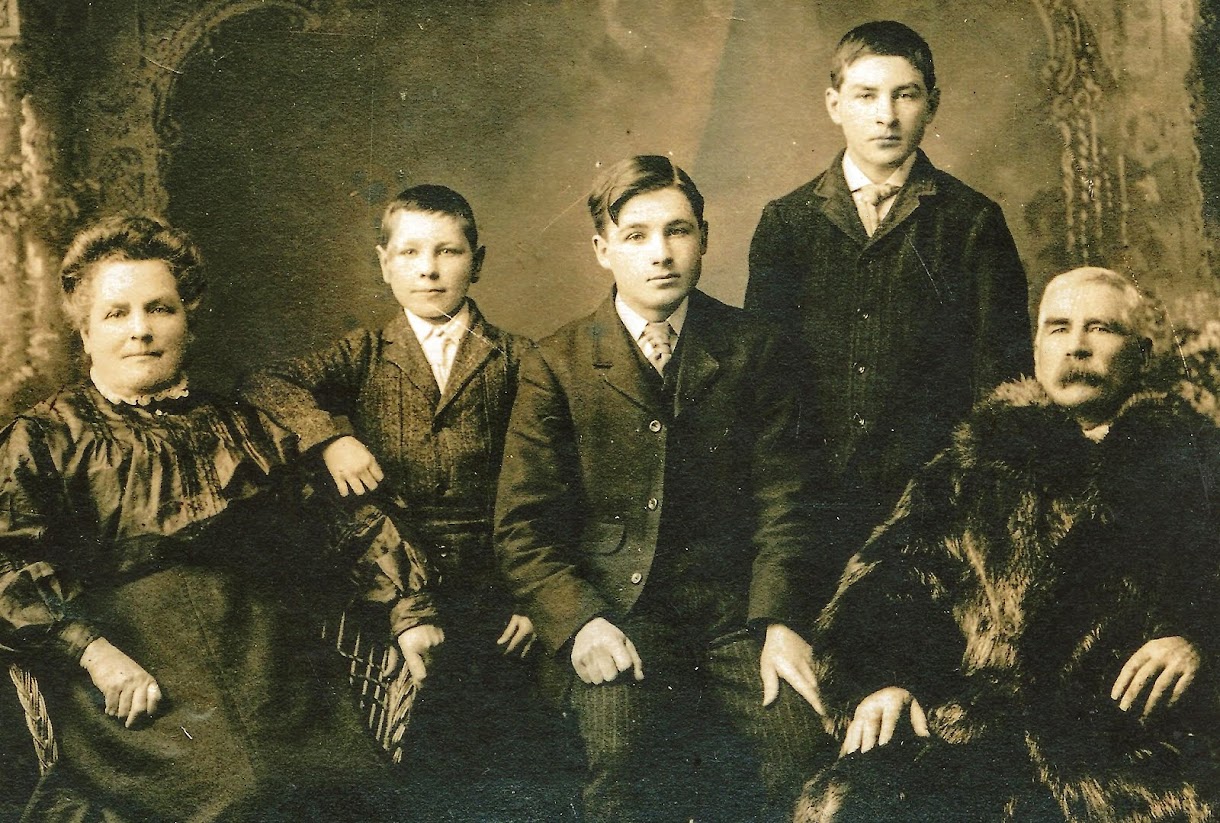Relationship to Me
NINTH Great Grand-Mother
NINTH Great Grand-Mother
~
Unmarried women
sponsored by the king to immigrate to New France between 1663 and 1673. Private
interests gave priority to bringing over male workers, and the French
government and religious communities wanted to correct the gender imbalance in
the colonies. The king’s advisor, Minister Jean-Baptiste Colbert, sent the
“Filles du Roi” as an incentive for male workers who had finished their
contract and soldiers of the Carignan-Salières regiment (which had just been
demobilized) to settle in the colony.
The Filles du Roi
(King’s Daughters) were unmarried women and sometimes widows who were sponsored
by the king to immigrate to New France between 1663 and 1673. Because private
interests gave priority to bringing over male workers, the French government
and religious community attempted to correct the gender imbalance in the
colonies. Even though the first women arrived in Canada in the 1630s, only the
800 or so who arrived during the first 11 years of royal government in New
France were called Filles du Roi.
Origin and Recruitment
The first female
immigrants to Canada came either with their families or as nuns. Private
recruiters, religious communities and landowners also sponsored small groups of
unmarried women, hoping that they would start families. The number of eligible
women was not nearly enough to fulfill the needs of the colony.
In the 17th century,
Marguerite Bourgeoys used the expression “Filles du Roy” on one occasion to
designate the 17 “filles à marier” (marriageable women) whom her community of
teachers accommodated while they were waiting to find a husband. The king’s
advisor, Minister Jean-Baptiste Colbert, sent the “Filles du Roi” as an
incentive for male workers who had finished their contract and soldiers of the
Carignan-Salières regiment (which had just been demobilized) to settle in the
colony.
The king took charge of
recruiting, clothing and covering the cost of the royal wards’ travel within
France and across the Atlantic. He gave each an allowance of 100 pounds: 10
pounds in recruitment fees, 30 pounds to gather a modest trousseau and 60
pounds for each woman’s passage fee. The women — orphans with very little money
— were recruited from the regions of La Rochelle, Rouen and Paris. Most were
from urban areas. They were approximately 16 to 40 years old when they arrived,
with an average age of 24. Between 1667 and 1672, many women (41%) were given a
royal dowry of 50 livres tournois (pounds) in addition to their trousseau. Some
received even higher amounts (100 or 200 pounds). In years of financial
hardship, the dowry of 50 pounds was replaced with provisions from the king’s
storehouses in the colony.
Immigration and
Challenges in New France
As in France, these
women were expected to be able to feed and clothe their families. Each received
a hope chest containing personal accessories: a comb; two coiffes (a type of
hood), one made of taffeta and the other of gauze; a belt; a pair of hose; a
pair of shoes; a pair of gloves; a bonnet; shoelaces; and four sets of laces.
These items were difficult to find on the shores of the St. Lawrence. The chest
also contained sewing supplies: about 100 needles, a case and thimble, white
and grey thread, scissors, many pins, two knives, and cloth fine enough to make
handkerchiefs, collars, wimples and pleated sleeves.
Upon their arrival in
Canada, the women received room and board until they were married. Almost all
were married quickly. According to administrative reports, many were ill
prepared for the arduous life in rural Canada. However, they rose to the
challenge: because of the sparse population and the wealth of food resources in
their new home, they were able to have many children and to live longer than
their peers who had stayed in France.
Legacy and Commemoration
The Filles du Roi, who
had many offspring, are the maternal ancestors of thousands of North Americans.
Because they came from the French-speaking regions and institutions of France,
they contributed to Louis XIV’s longed-for standardization of the French
language in 17th-century Canada.
Commemorative plaques in
their honour can be found in the historic district of Vieux-Québec (Maison
Barbel) and in Montréal (Maison Saint-Gabriel). In 2013, the 350th anniversary
of the first voyage of the Filles du Roi was celebrated with various commemorative
activities in both France and Québec. The Québec Ministère de la Culture et des
Communications designated the arrival of the Filles du Roi in New France a
historic event on 11 July 2013. The role of the Filles du Roi in populating
North America was also highlighted in a temporary exhibition for the 350th
anniversary of the arrival of the Carignan-Salières regiment, presented at
Château Ramezay in collaboration with the Commission franco-québécoise des
lieux de mémoire communs.
CREDIT
The Canadian Encyclopedia
CREDIT
The Canadian Encyclopedia

No comments:
Post a Comment